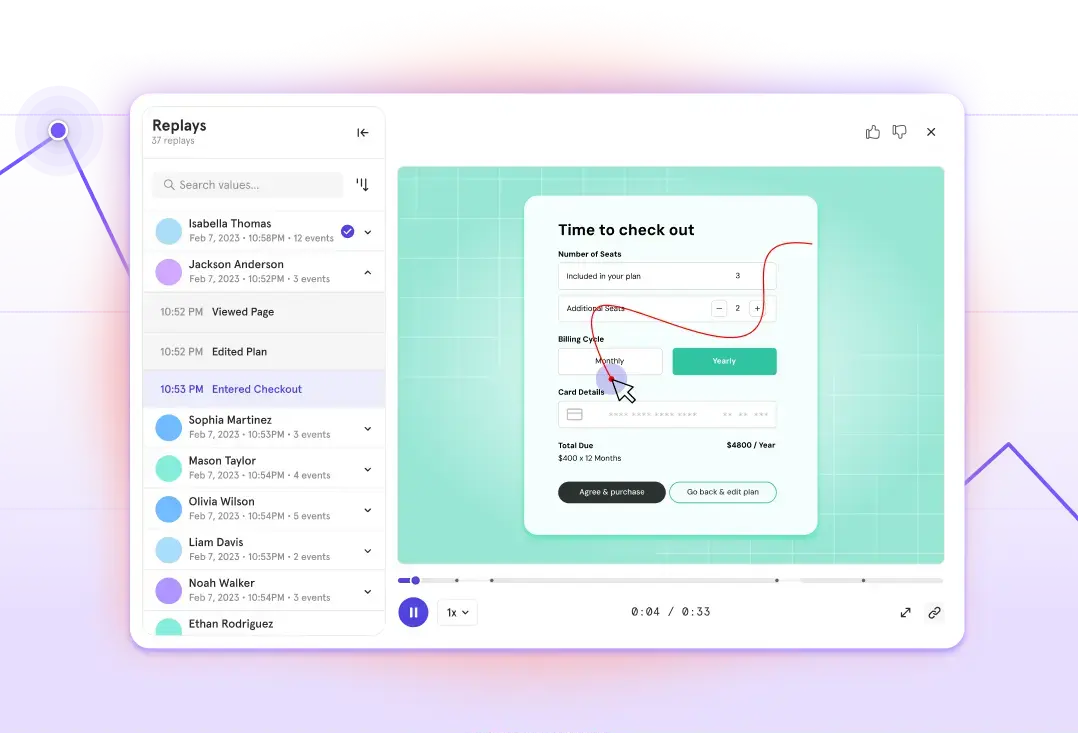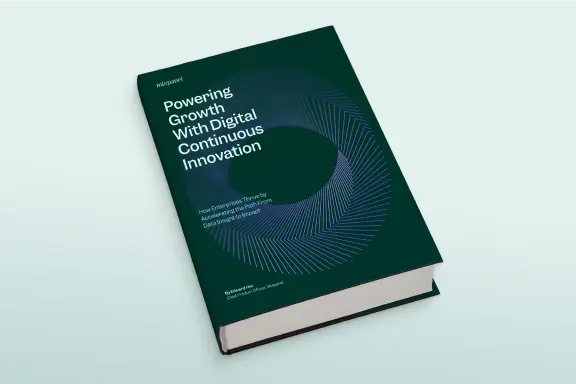Uber Carshare drives user growth and retention with improved product insights.
Company
Uber Carshare facilitates peer-to-peer car rental. Their service makes it simple for car owners to share their cars with other individuals, enabling people to save money, reduce waste and contribute to creating a cleaner, greener, better environment. Every Uber Carshare share car takes up to ten other cars off the road.
From 20 cars and 60 borrowers in Sydney in 2013, the company has grown to having over 3,500 cars and 100,000 active members spread across major Australian cities including Sydney, Melbourne, Brisbane, Canberra, and Perth.
Challenge
Blind spots in the customer journey
Since its founding, Uber Carshare had been growing its business steadily. The team was data-driven and would look at data in Google Analytics and their CRM system to drive better conversions, retention, and product improvements. As they tried to answer more questions about their users, it became clear that there were certain blind spots that their existing tools could not address.
“The biggest thing was the disconnect between anonymous website visitors and the people who’re using our service. We couldn’t connect the dots between the marketing channels that acquired those users, and then link that to the lifetime value of the user to be able to see what the marketing return on investment was.” explained Keal Wilson, Growth Marketing Team Leader at Uber Carshare.
Keal Wilson and the team at Uber Carshare were also facing difficulties in connecting what a user did on the website, to what they did on the app. “We could look at what people were doing on the website but we couldn’t compare that to what they were doing in the app. We didn’t know how their initial experiences would affect their lifetime value.” he elaborated.
Solution
Connecting the Dots With Product Analytics
With that in mind, the team worked out the key questions they wanted to answer:
- What was the customer acquisition cost for borrowers and car owners?
- What were the signup rates and variances in the rate across different cohorts of users?
- Were people coming back to use the service after they took their first trip?
- What vehicle did borrowers use for their first trip? How long was the first trip and how did it affect their likelihood to take future trips?
Armed with a map of their key metrics and a clear idea of what user interactions they wanted to track, the Uber Carshare team rolled out Mixpanel, collecting data across both their website and app.
Before Mixpanel, we could look at what people were doing on the website, but we couldn’t compare that to what they were doing in the app. We didn’t know how their initial experiences would affect their lifetime value. It was a revolutionary step forward to tie that together. It’s had a big impact for us.Keal Wilson Growth Marketing Team Leader, Uber Carshare
Results
More Visibility, More Answers
Reaping early results
One of the first insights that Uber Carshare got from the improved visibility in Mixpanel was around their signup process.
Users were only able to book a car after they had signed up and the customer service team had approved their account. With the improved visibility that Mixpanel provided, the team could see that this was not aligned to actual user behaviour. Users were dropping off because they realized they couldn’t make the booking immediately and had to go sign up as a member, have the account approved and then come back to make the booking.
“It was a massive conversion killer. They arrived on the website with full intent to book a car and they couldn’t do it within one session. It was easy to see when we looked at our marketing funnel. It showed that people arrived on our site, searched for a car, then tried to make a booking immediately. When we compared the same funnel for people who signed up and became members before searching for a car to book, we saw that the conversion rate for the second group was miles higher.” said Keal Wilson.
This insight drove an important product change. The product team tweaked the flow to allow people to book a car and reserve it before actually signing up as a member. They could then go and complete the signup process after that. This generated an extra 600 or so new customers a month for Uber Carshare.
Converting more car owners while serving them better
Soon, the team found another area of improvement; this time, for the car owner experience.
The over 3,500 cars on the service are of different makes, ages, are available for rental at different times of the day and are located in different parts of Australia. Uber Carshare used to look at the average earnings per vehicle, but with so many variables to each vehicle, it was hard to tell the expected earnings for a specific car with just the average numbers.
With the ability to break down earnings data by the different variables in Mixpanel, Uber Carshare now has a better way to look at the supply side of their marketplace. They know the detailed profile of what types of vehicles were most profitable, where are the suburbs where there’s a demand for particular vehicles and if they currently have adequate numbers of these vehicles available in these suburbs.
Keal Wilson shares, “This gives us the opportunity to figure out if there’s a specific car model/age serving a specific location/s that would be worth an additional $100 more in bookings per month. If yes, then perhaps we should work harder to get more vehicles that meet this profile to get on Uber Carshare and work harder at retaining existing vehicles that meet this profile.”
The use of this data has even spread to their on-boarding team that is responsible for helping cars get on their platform. When a prospective car owner is looking to list their vehicle, one of their top questions is how much they could expect to earn by listing their car for rental.
The on-boarding agent can now look at the data in Mixpanel. In less than a minute, they can see for the type of vehicle and its location, a full list of similar vehicles in that location and what their average income is. This allows the agent to answer the prospective car owner’s question and becomes a powerful sales tool to help them convert car owners better.
The Future Remains Data-Driven
“Mixpanel is easy enough to use so you can provide access to any member of any team. You can be in a meeting and just pull up data points to share with people and help everyone get on the same page on the state of the business. It hasn’t just been beneficial only for our product and marketing teams; it’s helped other parts of our business as well, which was something we didn’t originally expect”, said Keal Wilson.
Today, Mixpanel is accessed by the product, marketing, on-boarding, fleet management, and finance teams in Uber Carshare and they continue to push a data-driven approach to their business. The team expects to continue to connect more dots between users’ interactions between the web and the app, especially with 79% of users booking trips on the app, compared to just 50% 12 months ago.

